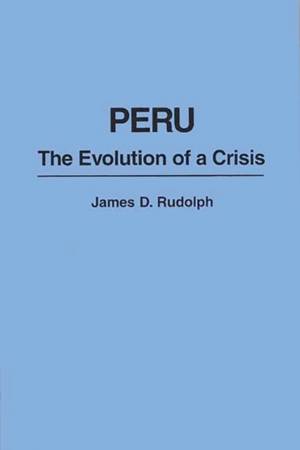
- Retrait gratuit dans votre magasin Club
- 7.000.000 titres dans notre catalogue
- Payer en toute sécurité
- Toujours un magasin près de chez vous
- Retrait gratuit dans votre magasin Club
- 7.000.000 titres dans notre catalogue
- Payer en toute sécurité
- Toujours un magasin près de chez vous
46,95 €
+ 93 points
Format
Description
This volume gives specialists and students alike a comprehensive political history of Peru that includes the first full-length treatment of the 1980s, a decade in which early optimism sparked by the return of democratic rule gave way to widespread pessimism amidst a full-blown social, economic, and political crisis. Discussed are Peru's return to democracy in the 1980s and the multiple challenges that process has faced. The study traces the growth of the Sendero Luminoso insurgency; the economic collapse that brought Peru hyperinflation coupled with its deepest depression of the twentieth century; and the evolution of the electoral political system that brought Alberto Fujimori, a political novice, to the presidency in 1990.
Many of the key causes of Peru's contemporary crisis--foreign debt, fiscal irresponsibility, desgobierno (erratic, inappropriate, or incompetent behavior on the part of the government), and the centralization of governmental authority--have been recurrent themes in Peruvian history since at least the early republican period. The profound social divisions within Peru's population, which constitute the principal cause of la crisis, have persisted even longer. A number of these divisions have broken down, however; in this development, the author sees cause for optimism in the midst of crisis. Latin American specialists, Peru watchers, advanced students in comparative politics, journalists, and anyone interested in the far-reaching changes occurring in Latin America will find this book useful and compelling.Spécifications
Parties prenantes
- Auteur(s) :
- Editeur:
Contenu
- Nombre de pages :
- 192
- Langue:
- Anglais
- Collection :
Caractéristiques
- EAN:
- 9780275941819
- Date de parution :
- 27-07-92
- Format:
- Livre broché
- Format numérique:
- Trade paperback (VS)
- Dimensions :
- 156 mm x 234 mm
- Poids :
- 276 g







